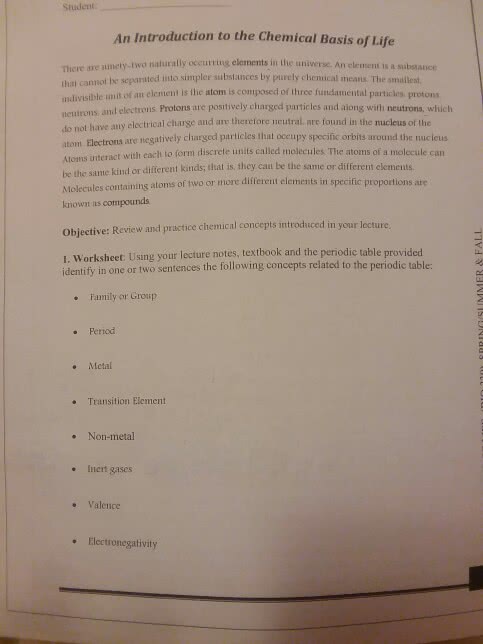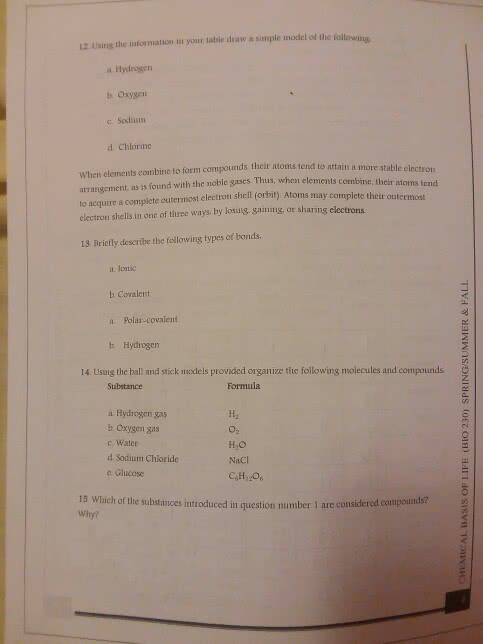CHEM 151 Lecture Notes - Lecture 1: Bohr Model, Chemical Formula, Chemical Element
Document Summary
Atomic model of substances- the particles that compose the substances in our surroundings have internal structure. Atoms-small units of structure within the atomic model of substances. Chemical bonds- strong attractive forces that hold atoms together. Molecules-composite particles, which are made up of two or more atoms of the same or different types bounded together. Differences in molecules result from differences in the types of atoms present in them or differences in the way these atoms are arranged in space (or both) Elementary substances: substances that cannot be split into two or more different substances. Chemical compounds: substances that we can split into two or more simpler stable substances by introducing a chemical reaction. Elementary substances are the smallest simple substances that we know. Metals- usually solids at room temperature and conduct heat and electricity well. Nonmetals- gases under the same conditions are poor conductors of heat and electricity. Metalloids- share some properties of metals and nonmetals.



